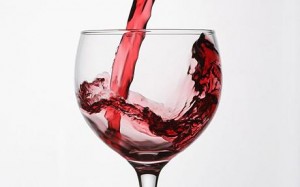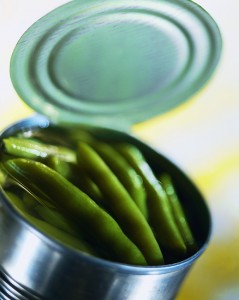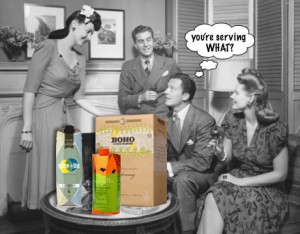“Sweet Misery”
After I read that we consume an average of 61 lbs. of high fructose corn syrup per year, I went on a HFCS witch hunt, which led me down an unexpected path. It seems the vast majority of sweetened, prepared foods include either high fructose corn syrup or artificial sweeteners.
I've been aware of the dangers of artificial sweeteners, but I let my guard done. They have snuck into foods I didn't expect: frozen fruits, some frozen veggies, breads and other things we blindly throw in the cart when we are trying to rush through the market. I used to just think "diet soda."

What astounded me is how artificial sweeteners have become the cornerstone of the diet industry, despite their very well documented risks. It seems nearly every food offers an artificially sweetened option: reputable yogurt brands, bread products, fruit drinks, salad dressings, marinades, not to mention "desserts", whipped cream, etc. The story of how sweeteners came (and remain) in our food is an astounding one, and mostly has to do with our lack of regulations and a strong diet food lobby.
Artificial sweeteners were a $1 billion industry a decade ago, and have since grown. I came across a film released in 2004 by Sound and Fury, called "Sweet Misery," which links the dramatic rise in brain cancers to the release of aspartame into our foods in 1983. The correlating data is shocking.
Good-bye occasional diet soda. (Twice a week, maximum. Really.) Hello agave syrup, honey, maple syrup and, well, high fructose corn syrup. I have to triage my battles. Once I recover from this research, I will take on high fructose corn syrup, though.
Here is a 10 minute snippet from "Sweet Misery". The full movie can be found here.


 Thanksgiving is nearly upon us and people everywhere are busily preparing their shopping lists and menus. You may want to reconsider any canned items on your list, in light of this startling news.
Thanksgiving is nearly upon us and people everywhere are busily preparing their shopping lists and menus. You may want to reconsider any canned items on your list, in light of this startling news.